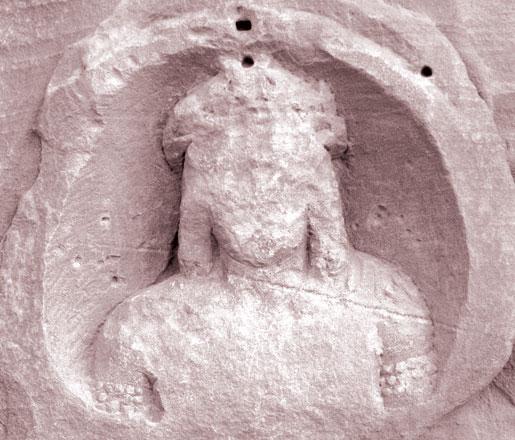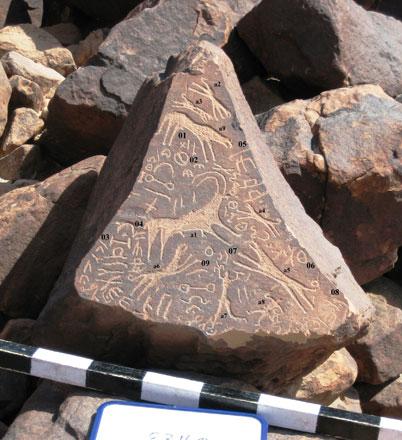You are here
Jordanian scholar details evolution of Westerners’ accounts of Palestine and region
By Saeb Rawashdeh - Jun 01,2017 - Last updated at Jun 01,2017

Women in traditional Palestinian attire are seen in this photo dating back to the early 20th century (Photo courtesy of Omar Ghul)
AMMAN — Since the early decades of the 19th century, numerous Western travellers, clergymen, politicians and scholars visited Palestine and the land located to the east of the Jordan, almost all of them regarded this region as the “Holy land”, according to a Jordanian scholar, who added that, before 1920, they dedicated approximately 5,000 books to the description of its holy sites and monuments.
Most of this material shows that those travellers considered the link between modern Palestine, the Bible and its narratives, Professor Omar Ghul noted.
“The interest in the Bible was also the key reason why many of these works paid attention to the inhabitants of Palestine and Jordan, and to their ways of life,” Ghul said.
Ghul continued: “The majority of these authors regarded the modern inhabitants as the closest representatives of the people of the southern Levant 3,000 years ago, in what was coined ‘the immovable East’, and sought to document their daily life activities, in order to better understand the biblical stories.”
The most common type of ethnographic notes was made by travellers, the expert claimed, stressing that “even the most comprehensive ethnographies were selective and, in many cases, hindered by the authors’ shortage of knowledge of Arabic and of the customs of the Palestinians”.
The first reports prepared by Western scholars articulated the colonial attitude towards Orientalism, “where the civilised knowledgeable Occident reported about the savage and ignorant Orient”, Ghul said.
“However, with the beginning of the 20th century, a new, different generation of ethnographers of Palestine emerged,” the epigrapher -turned-ethnologist explained, noting that “these were much more systematic and objective in their studies, and the most prominent among them is Gustaf Dalman [1855-1941]”.
Studying at the Old Oriental Studies at the German Tübingen University more than 30 years ago, Ghul heard about Dalman and the name of his book in German “Work and Customs in Palestine” (1928-1942) for the first time in a class of Ugaritic language.
“While commenting on a text from about 1400 BC, the professor said this book is one of the best tools to understand the ancient societies of the Levant, ‘because Dalman documented in its 8 volumes every single aspect of the daily life in Palestine [and parts of Jordan] at the beginning of the 20th century, which are very similar to those of the ancient peoples of the Levant’,” Ghul highlighted.
Since then, the Jordanian professor and expert of ancient Semitic languages, became acquainted with Dalman’s book and became “fascinated with what distinguish it from most of other ethnographic works on Palestine: its strict academic method, precise descriptions and the author’s knowledge of the local communities and of their language”.
“One should also stress that Dalman’s writings reflect his respect for the local communities he described,” Ghul underscored, adding that, with the development of events in Palestine, Dalman’s book won a political dimension that the author did not intend, because his faithful documentation of the Palestinian life became a strong testimony for the livelihood of those people and a statement against the Zionist claim of Palestine being “a land without people”.
“Unfortunately, for a long time, the use of this book remained limited to those who can read German, because it was not translated to any other language,” he said.
Therefore, it pushed Ghul “some 10 years ago” to seek funds to have it translated into Arabic.
Despite his enthusiasm, Ghul’s efforts were not successful, in contrast to those of his Palestinian colleagues, who managed to convince the Qatari “Turjuman” project to fund the translation, “an endeavour that is being carried out since 2013 by scholars in the West Bank,” he explained.
“In this very year, a privately-funded English translation of the first volume of the ‘Work and Customs in Palestine’ appeared in Ramallah, and the translation of the next two volumes into English are currently under way,” the scholar stressed.
Among the other significant ethnographers of Palestine, two deserve to be mentioned, according to Ghul, the Finnish Helma Granqvist (1890-1972) and Tawfiq Canaan (1882-1964).
The Finnish scholar wrote a doctoral dissertation titled “Marriage Conditions in a Palestinian Village” (1931-1935), in which she documented all social aspects related to marriage in the village of Irtas near Bethlehem, collecting the information directly from the inhabitants of the village where she lived for several years.
Her book drew a cut with all previous ethnographic works, as it studied the habits of the inhabitants of the modern village on their own right, without any presumed connection with a biblical past and did not seek to promote a better understanding of the Old Testament, the expert pointed out. The Arabic translation of this book was published in 2015.
“The ethnographic works of Canaan stand in a category of their own, because he was one of the very few Palestinians who contributed to the description of the ways of life of his fellow citizens. His numerous works on traditional medicine [he himself a physician], magic, traditional saints and agriculture, but also on topography and social history of Palestine and Jordan, were motivated by his observation that many of the traditional ways of life were disappearing rapidly and needed to be documented,” Ghul emphasised, underlining that Canaan’s books and articles testify to his excellent, precise work and for his thorough understanding of Arab society.
Most of Canaan’s English works have been translated into Arabic, but his books and articles written in German and French still need to be made available to the Arab reader, the scholar noted.
In addition to Jordan, special credit should be given to the ethnographic efforts of the French traveller Antonin Jaussen (1871-1962) who, in 1902, published the book “The Tribes to the East of the Jordan”.
His most prominent ethnographic work “Customs of the Arabs in the Land of Moab” was published in 1908, where he tackled the topics of family, tribe, law, economy and religion.
“The above-mentioned books are only some of the ethnographic works on Palestine and Jordan, and there are of course many more,” Ghul explained, noting that most of these works are not known to the public and that they do not receive enough attention at Jordanian universities, although they contribute strongly to the understanding of the social history of Palestine and Jordan.
“One way to change this is to disseminate more information about them and to encourage translating them into Arabic,” Ghul pointed out.
Related Articles
AMMAN — Orientalists R.
AMMAN — For those who first fell upon a number of ancient scrolls inside a West Bank cave in 1947, the magnitude of their discovery was slow
AMMAN — Ancient texts and inscriptions are among archaeologists’ most valuable finds, offering direct insights into the remains where they a

















